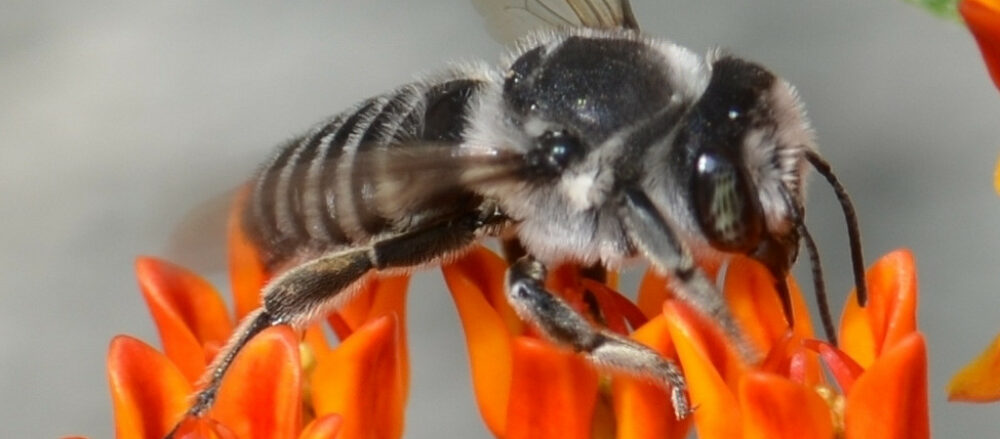I’ve been diving deep into the 72-page report on NYC’s street trees I wrote about a couple of days ago. The report was released in the Spring of this year to the public and addressed to Parks Commissioner Adrian Benepe and Fiona Watt, Chief of Parks Forestry and Horticulture. The research documented in this report has informed many of the initiatives I’ve written about previously, including PlanNYC 2030, Parks’ Million Trees Initiative, DCP’s Yards Text Amendment, and so on.
The city spends $21,774,576 each year on its 584,036 living street trees (2005/2006 census), an average of $37.28 for each tree. The annual cost savings and other benefits to the city are $121,963,347, $208.83 per tree, for a Cost-Benefit ratio of $5.60 returned on every $1.00 invested. The second biggest contributor to this impressive %560 annual rate of return is stormwater runoff reductions.
- Gallons of rainfall/stormwater intercepted each year by NYC’s street trees: 890,643,392
- Annual cost savings to the city: $35,628,220 total, $61.00 per tree
Many older cities [including NYC] have combined sewer outflow [CSO] systems, and during large rain events excess runoff can mix with raw sewage. Rainfall interception by trees can reduce the magnitude of this problem during large storms. Trees are mini-reservoirs, controlling runoff at the source. [emphasis added] Healthy urban trees can reduce the amount of runoff and pollutant loading in receiving waters in three primary ways:
- Leaves and branch surfaces intercept and store rainfall, thereby reducing runoff volumes and delaying the onset of peak flows.
- Root growth and decomposition increase the capacity and rate of soil infiltration by rainfall and reduce overland flow.
- Tree canopies reduce soil erosion and surface transport by diminishing the impact of raindrops on barren surfaces.
Much of this economic benefit of trees is determined by the total surface area of their leaves. Broad-leaved deciduous London Planetrees, of which there are many large specimens in NYC, account for %28.9 of the stormwater reduction provided by street trees.
Note that this report only address street trees, which comprise only about one-tenth of the 5.2 million trees in the city. However, street trees are adjacent to – and shelter – paved and other impervious surfaces which are the primary cause of surface runoff. Because of this, they provide much greater CSO reduction than trees on open ground such as parks and natural areas.

Nice post on the benefit of trees.
Here in Chicago we have certain parts that are prone to flooding after heavy rains and the city keeps making things worse by fixing the drainage pipes. They should probably work on getting more trees like your area has done.
As long as property owners are free to pave over their entire yards, street trees aren’t enough. See Preserving Livable Streets.